Global Basketball Recruitment Wave: Elite Teams and Colleges Target Top Prospects Worldwide
Introduction: A Truly Global Talent Hunt
Global Basketball Recruitment, Basketball’s talent pipeline has never been more international. From Lagos and Ljubljana to La Serena and Louisville, scouts, analysts, and coaches now comb the globe for players who can stretch the floor, defend multiple positions, and adapt to systems that change by the possession. What used to be a largely domestic recruiting race especially at the NCAA level has evolved into an interconnected market where elite European clubs, NBA academies, college programs, and private development outfits compete for the same teenagers. The result is a worldwide recruitment wave that is reshaping how players are identified, evaluated, developed, and supported.
This article unpacks the forces driving the surge, how the ecosystem operates region by region, the opportunities and risks for athletes, and what the next five years could look like.
Why the Wave? Five Converging Forces
- Technology and Ubiquitous Film
- Every possession is now clipped, tracked, and shareable. Hudl links, Synergy cuts, and social reels mean a guard in Dakar or a wing in Manila can be seen the same day as a guard in Dallas.
- Advanced analytics at the youth level shot charts, efficiency splits, lineup impact give scouts objective signals much earlier than before.
- Professionalized Pathways Outside the U.S.
- Europe’s club model has long graduated teens into senior basketball. Similar structures are multiplying globally: academies in Africa, Asia-Pacific leagues, and cross-border tournaments produce prospects seasoned by professional systems.
- Expanded NCAA Recruiting Horizons Rule changes, the transfer portal, and name-image-likeness (NIL) opportunities make U.S. colleges more competitive for international players, while also increasing mobility for foreign-born athletes already in North American prep schools.
- NBA Ecosystem Gravity
- NBA franchise scouting networks, Basketball Without Borders camps, and league-affiliated academies expand the funnel. If a prospect can help an NBA team eventually, everyone downstream—from EuroLeague clubs to mid-majors—wants to be first.
- Globalization of Coaching and Training
- Skills trainers, shooting specialists, and performance coaches now circulate internationally. A teen in Australia can drill with a European footwork coach over Zoom and upload biomechanics data for a U.S. strength coach the same day.
The New Recruiting Stack: How Talent Is Found and Signed
- Signal Gathering
- Event film (FIBA youth, continental championships, club tournaments), player-tracking data, social clips, and private workout videos feed a shared scouting bandwidth.
- Verification
- Programs triangulate: analytics, eye test, background checks, and in-person evaluation at showcases or club practices.
- Support Mapping
- Serious recruiters assess more than basketball: English proficiency, academic records, family context, visa requirements, and adaptability to new cultures.
- Offer Crafting
- European clubs assemble multi-year development plans, including education and housing. NCAA programs design role clarity, NIL pathways, academic support, and summer development calendars.
- Transition Management
- Visa processing, credential evaluation, mental health onboarding, and injury-prevention baselines are now standard if you want a prospect to thrive, not just arrive.
Regional Snapshots
Africa: Explosive Growth and Infrastructure
- Strengths
- Size, length, and motor across frontcourt profiles; improving guard development; elite defensive instincts.
- Rising ecosystem of academies and camps; increased access to competition through continental leagues and international showcases.
- Gaps
- Consistency in high-level competition and game reps; structured shooting development; administrative hurdles (visas, transcripts).
- Recruiting Playbook
- Build relationships with local federations and academies, invest in skill development, and offer clear education + life-skills support.
Europe: Refinement, Tactical IQ, and Club Pathways
- Strengths
- Early tactical literacy, pick-and-roll reads, and team defense; professional habits; proven pipelines from junior to senior teams.
- Gaps
- Navigating buyouts and club rights; balancing immediate NCAA minutes with the structured, long-term club plan in Europe.
- Recruiting Playbook
- Present a transparent role and development roadmap that genuinely competes with staying in a club system.
Latin America: Creativity, Toughness, and Scoring Guards
- Strengths
- Guard and wing scoring craft; transition play; strong competitive character and resiliency.
- Gaps
- Consistent exposure, strength-and-conditioning resources in some regions, and academic documentation for NCAA pathways.
- Recruiting Playbook
- Early identification at cross-border events, help with academic alignment, and integrate S&C from day one.
Asia-Pacific: Shooting, Versatility, and Discipline
- Strengths
- Shooting touch, conditioning, and coachability; national team structures that emphasize fundamentals.
- Gaps
- Frontcourt size depth in some countries; access to elite competition; cultural transitions when moving West.
- Recruiting Playbook
- Pair shooting development with strength training and gradual role expansion; ensure cultural and academic support.
North America (Prep & JUCO): Dense Market, High Mobility
- Strengths
- Deep competition, frequent film, and easy benchmarking among peers.
- Gaps
- Overcrowded showcases and signal noise; players moving frequently between schools in search of fit.
- Recruiting Playbook
- Identify translatable traits (defense, shooting versatility, decision-making) and resist overreacting to one hot weekend.
What Elite Teams and Colleges Now Value
- Scalable Skills
- Off-ball shooting (especially corner + above-the-break), multi-position defense, and quick processing speed travel well across leagues and schemes.
- Lineup Elasticity
- Wings who can guard 2–4, fives who can short-roll and pass, guards who can defend at the point of attack these unlock modern offenses and switch-heavy defenses.
- Durability and Movement Quality
- Load-management readiness, movement screens (ankle dorsiflexion, hip rotation), and previous injury history all weigh heavily.
- Learning Velocity
- Film habits, coachability, and a track record of implementing feedback within weeks, not months.
NIL, Transfer Portal, and the College Club Tug of War
- NIL’s Magnetic Pull
- For many international prospects, NIL provides immediate, legal income while building a personal brand on campus. For others, a European club salary plus early pro minutes is more compelling. The pitch must align with the prospect’s risk tolerance and family priorities.
- Transfer Fluidity
- College players domestic and international are more mobile than ever. Programs recruit freshmen and scout next year’s portal simultaneously, which intensifies the global search for ready contributors.
- Club Countermoves
- Clubs now emphasize education partnerships, bilingual tutoring, mental health resources, and clear senior-team timelines to keep teens in-house.
The Data Layer: Analytics Without the Blind Spots
- What Works
- Age-adjusted efficiency (production versus peers), advantage creation (paint touches, rim pressure), and shooting indicators (free-throw %, release consistency, shot quality).
- Common Errors
- Overweighting highlights; ignoring competition level; not normalizing for role (a low-usage wing in a top Euro junior team could bloom with more reps).
- Balanced Recipe
- 40% film (game + practice), 30% analytics (adjusted for context), 20% live eval, 10% character intel and off-court readiness. Then iterate.
Player Experience: Opportunities and Risks
Opportunities
- Access to elite coaching, nutrition, sport science, and global networks.
- Financial upside via NIL or early professional contracts.
- Education pathways and language acquisition that open doors beyond sport.
Risks
- Culture shock, homesickness, and academic mismatches.
- Burnout from year-round circuits and constant evaluation.
- Contractual complexity (club rights, buyouts) and misinformation from unvetted intermediaries.
What Athletes Should Ask
- What does my first 120 days look like—on-court, in the classroom, and socially?
- How will you develop my shooting and decision-making? Show the plan and checkpoints.
- Who is my person (coach, advisor) when I struggle?
- What happens if I get injured? Be specific: coverage, rehab plan, and timeline.
- What is my realistic role in year one and year two?
Ethics and Governance: Keeping Pace with the Market
- Age and Eligibility Verification
- Standardized documentation and third-party validations protect athletes and programs.
- Agent/Intermediary Oversight
- Clear, localized guidelines help families avoid predatory promises.
- Academic Integrity
- Transparent credential evaluation for international transcripts and fair language-support services.
- Mental Health and Welfare
- Access to culturally competent counseling, proactive check-ins, and stress-management education must be non-negotiables.
Building a Winning Global Recruiting Program (For Teams and Colleges)
- Map the World, Not Just Tournaments
- Maintain living dossiers of key academies, federations, clubs, and prep schools with relationship histories and trust levels.
- Segment Your Needs
- Immediate-impact roles vs. two-year development bets; don’t conflate them.
- Unify the Staff
- Analytics, scouting, skill development, S&C, academics, and compliance should share the same board and the same language.
- Standardize the Evaluation
- Use a single rubric across regions (defense, shooting, processing, motor, physical tools, growth capacity).
- Onboarding Excellence
- Pre-arrival English support, visa concierge, housing mentors, and a 30–60–90 day plan that includes non-basketball milestones.
- Retention as Strategy
- Regular role reviews, individualized development plans, mental health resources, and honest NBA/Euro projection conversations.
Position Archetypes on the Global Market
- Point-of-Attack Guard
- Traits: Lateral burst, screen navigation, paint touches, kick-out accuracy.
- Red Flags: Ball-watching, dribble too high under pressure, limited left-hand reads.
- Connector Wing
- Traits: 3-and-D base with extra pass instincts and secondary rim pressure.
- Red Flags: Inconsistent footwork into the shot, avoidance of contact, slow help rotations.
- Modern Big
- Traits: Short-roll passing, rim protection, vertical spacing, switch-competence in spurts.
- Red Flags: Heavy feet in space, fouling to cover positioning errors, slow processing on double-teams.
- Stretch Big / Pick-and-Pop Specialist
- Traits: Repeatable mechanics above the break, defensive rebounding positioning, handoff craft.
- Red Flags: Low contact tolerance in the paint, binary decision-making (shoot or nothing).
Case Pathways (Composite, Non-Identifying)
- The Euro Club Graduate
- A 6’7″ wing with elite team defense, limited usage. Chooses college for bigger role + NIL. Year one as defensive stopper; year two adds pull-up three, becomes draftable.
- The African Rim Protector
- 6’10” with a 7’4″ wingspan, raw offensive game. Chooses a European club for pro reps and language support. Two years later, switchable in ball screens, finishes at 65% at the rim.
- The Latin American Scoring Guard
- Craft and pace control, but streaky shooting. Goes JUCO to calibrate academics and build strength; transfers to a mid-major, becomes elite PNR operator.
- The Asia-Pacific Shooter
- 6’8″ forward, 40% from three, average first step. Chooses NCAA for S&C resources; adds core strength and closeout attacking, becomes a spacer/connector role player.
Practical Guidance for Prospects and Families
- Document Early
- Keep organized digital folders: transcripts, passport, highlight reels, full-game film, medical history, recommendation letters.
- Control Your Narrative
- A clean 3–4 minute highlight + two full games (one good, one average) tells the truth better than a sizzle reel.
- Ask for a Development Contract
- Whether club or college, request a written plan: skill blocks, expected role, check-ins, and who’s accountable.
- Mind the Off-Court Load
- Prioritize a school or club with real academic support, language training, and cultural mentoring.
- Health First
- Baseline testing before arrival, monitored workloads, nutrition plan, and sleep education.
What the Next Five Years Likely Hold
- Deeper Asia and Africa Pipelines
- More federations investing in youth leagues, more international showcases, and enhanced sports science penetration.
- Smarter Recruitment With AI Tools
- Automated shot tagging, biomechanical risk flags, and context-adjusted performance models will reduce noise but can’t replace live evaluation.
- Club–College Hybrid Partnerships
- Study-abroad style exchanges (off-season training blocks, shared S&C protocols, guest coaching residencies) will become normal.
- Holistic Welfare Standards
- Best-in-class programs will publish athlete welfare frameworks covering academics, mental health, immigration, and post-career planning.
- Positionless, Playmaking Bigs
- The shortage of true two-way bigs who can pass will keep their global “premium” label and draw disproportionate recruiting effort.
Conclusion: The Global Game Demands Global Care
The internationalization of basketball recruiting is not a trend it’s the new baseline. Elite teams and colleges can no longer rely on geography or brand strength alone. They must combine rigorous evaluation with humane onboarding, analytics with context, and ambition with ethical guardrails. For prospects, the opportunity has never been bigger, but the path is best navigated with a plan that values development, education, and wellbeing as much as the next contract.
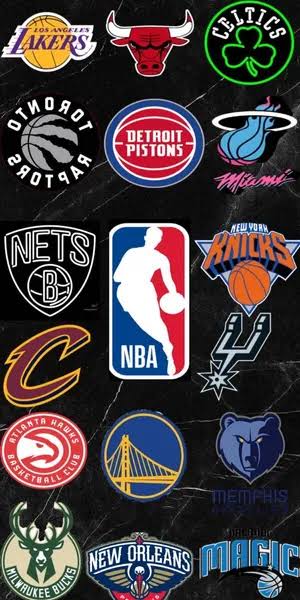

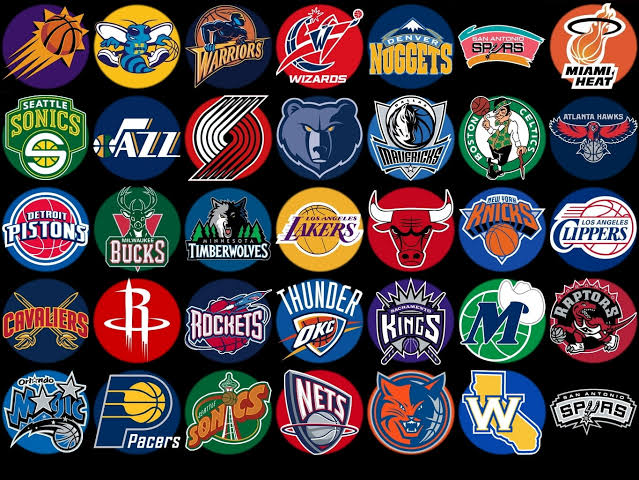





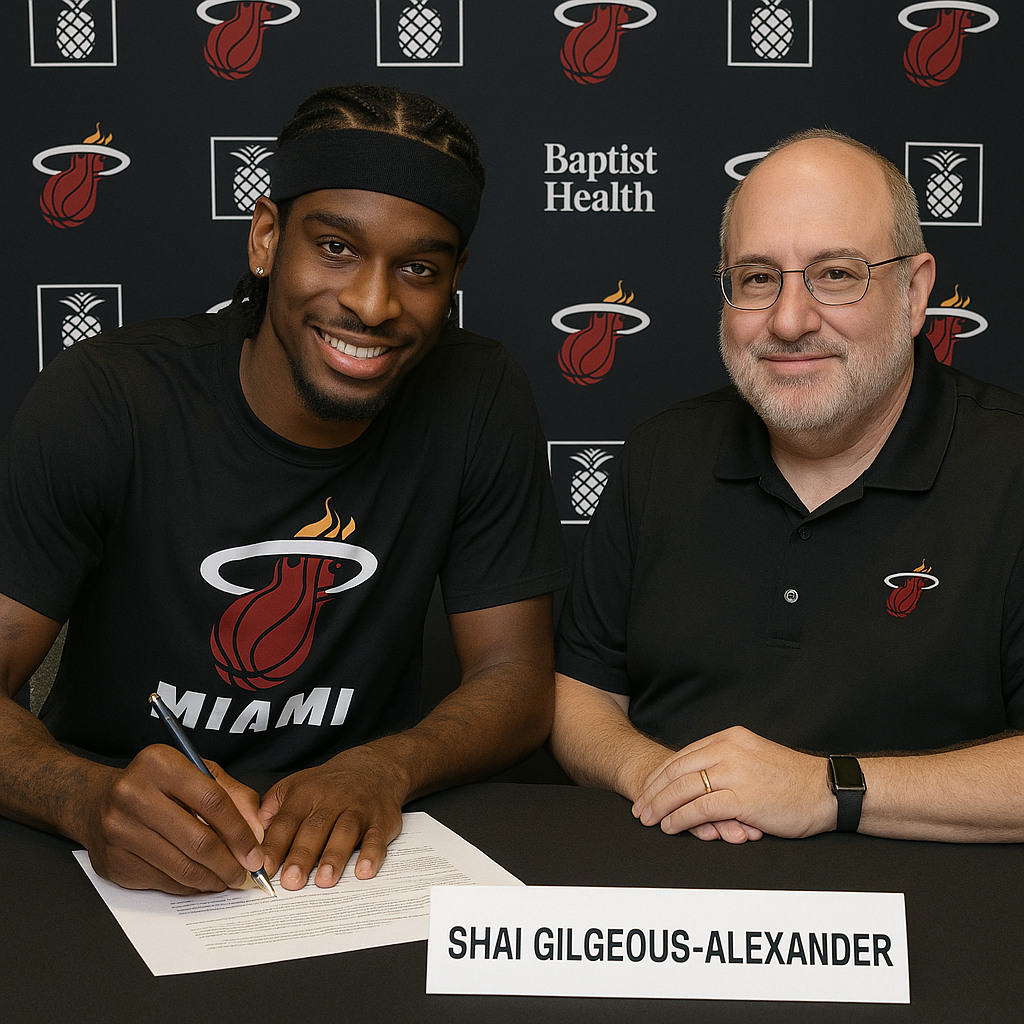
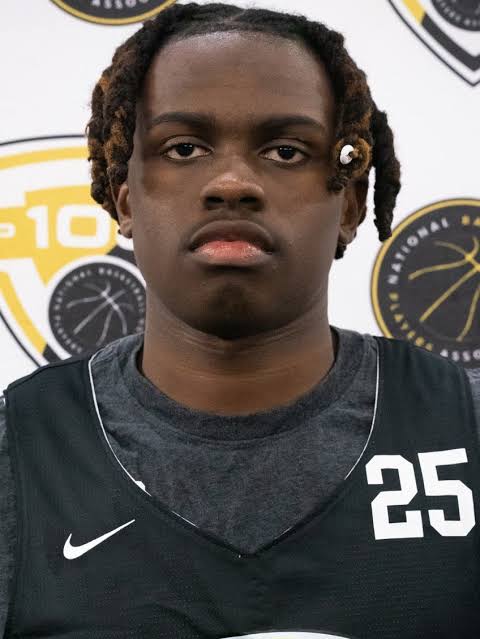

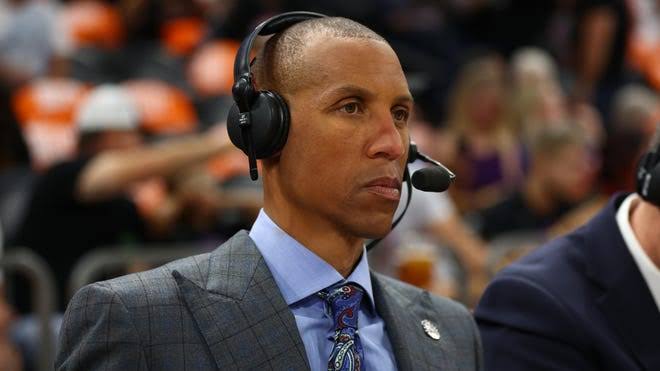

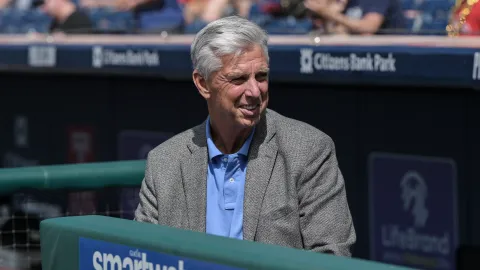
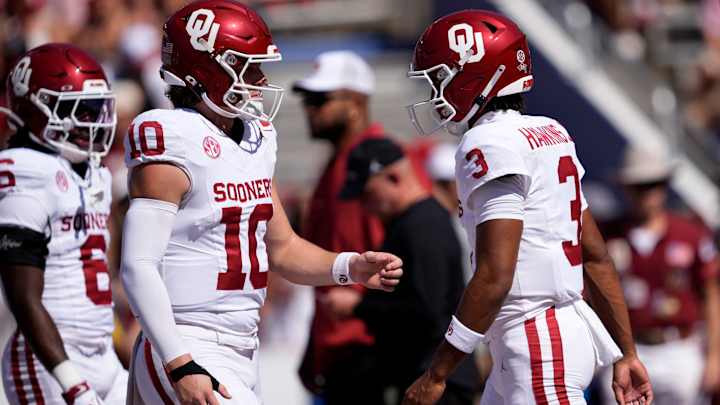
Leave a Reply